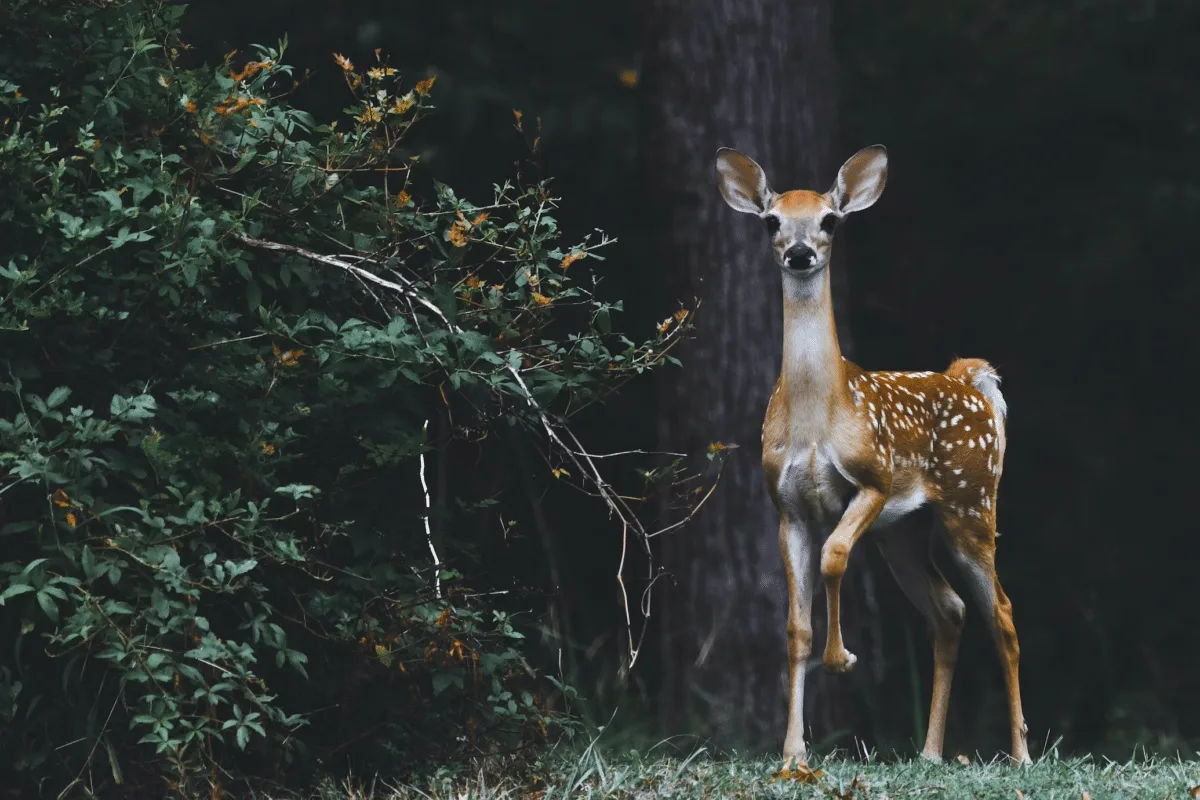Welcome to USA’s Most Vulnerable Species! Let us dive deeper together!
As our planet grapples with the escalating challenge of rising sea levels, its impact on wildlife cannot be overlooked. Several iconic species face unprecedented threats in the United States due to the encroaching waters. This article will look closely at some of the USA’s most at-risk species and the perilous consequences of sea level rise on their habitats.
#1 Key Deer: A Race Against Rising Waters
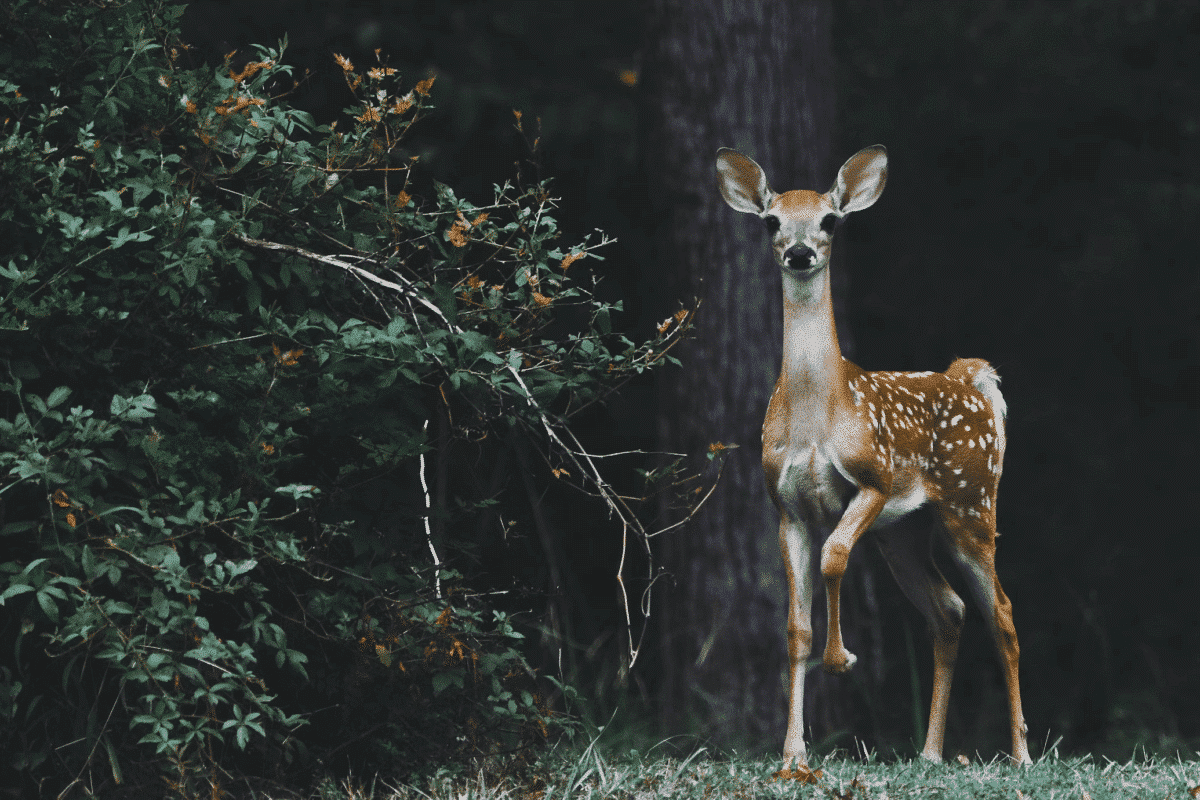
South Florida’s Beloved Treasure. Image via Depositphotos.
The charming Key deer, native to the Florida Keys, is an American icon and a symbol of the region’s unique biodiversity. However, their very existence is threatened due to the inundation of the islands where they make their home. Rising sea levels slowly but steadily encroach on their habitat, forcing these diminutive creatures into a perilous race against time.
Did You Know? Key deer are the smallest subspecies of white-tailed deer in North America, with males standing just about 30 inches tall at the shoulder.
#2 Loggerhead Sea Turtles: A Vanishing Act on Southeastern Beaches
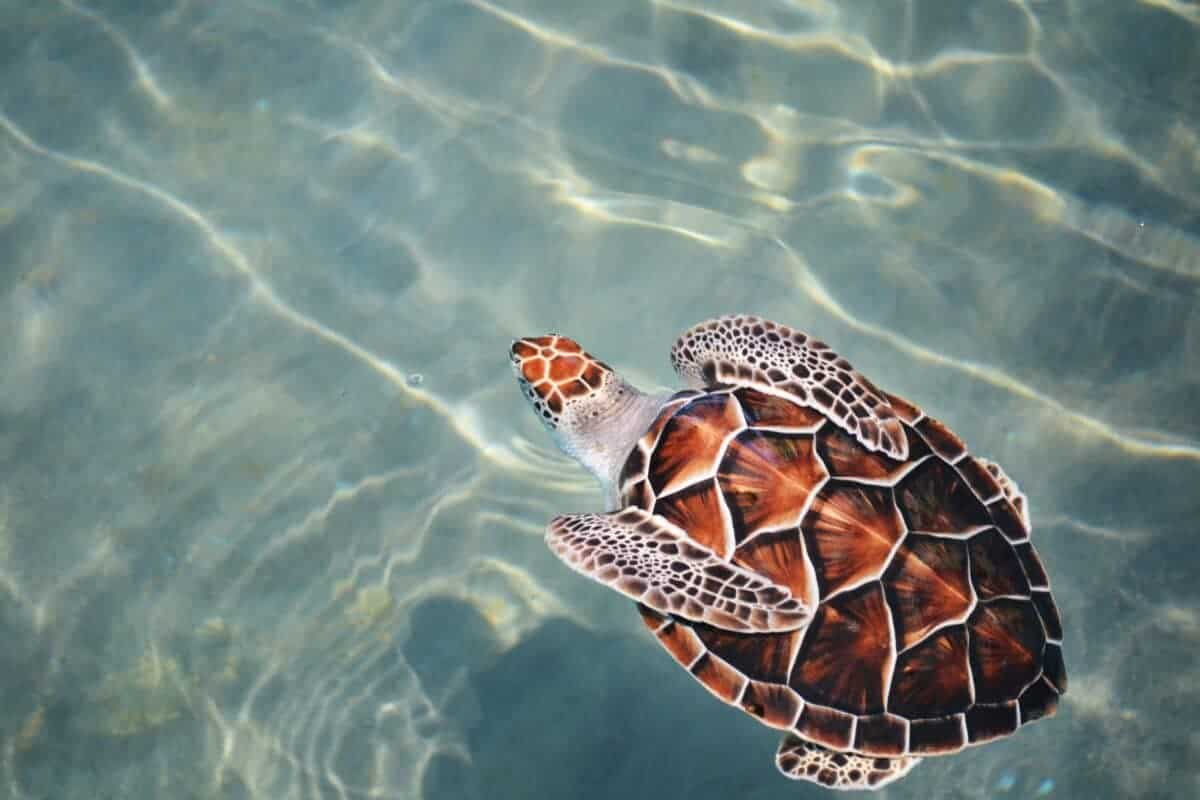
The Plight of the Nesting Beaches. Image via Depositphotos.
Loggerhead sea turtles have called the Southeastern United States home for centuries. These magnificent creatures play a vital role in the marine ecosystem, but their survival is at stake. Rising sea levels are causing the disappearance of the beaches where they lay their eggs, leading to a decline in population and jeopardizing the delicate balance of the oceans.
Did You Know? Loggerhead sea turtles are known for their powerful jaws, capable of crushing hard-shelled prey like crabs and lobsters.
#3 Delmarva Peninsula Fox Squirrel: A Submerged Sanctuary
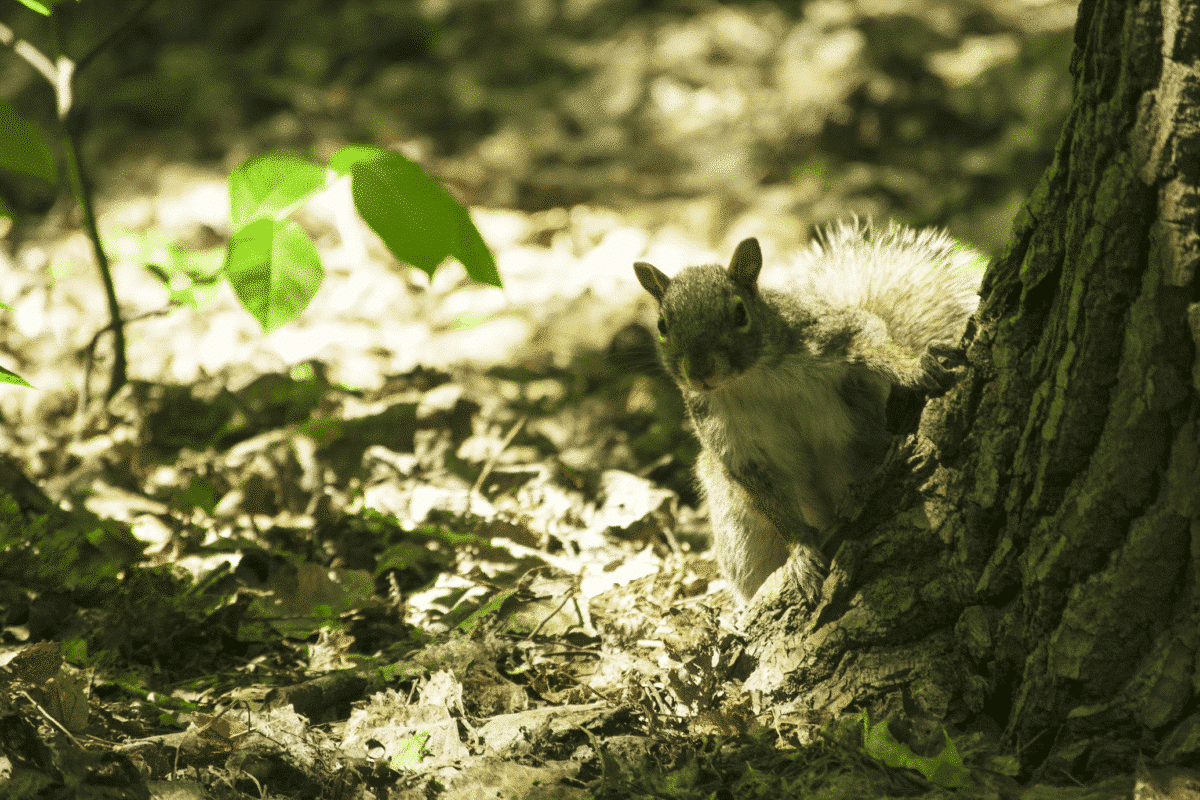
Chesapeake Bay’s Unique Inhabitants. Image via Depositphotos.
The Delmarva Peninsula fox squirrel, a once-thriving species, now faces an uncertain future. These charming squirrels call the Chesapeake Bay area home, but as the waters of the bay encroach further inland, their habitat is being inundated. Without intervention, these creatures could disappear, leaving a void in their once-inhabited ecosystem.
Did You Know? The Delmarva Peninsula fox squirrel is one of the largest tree squirrels in North America, with striking silver-gray fur.
#4 Western Piping Plover: Disappearing Nests and Feeding Grounds
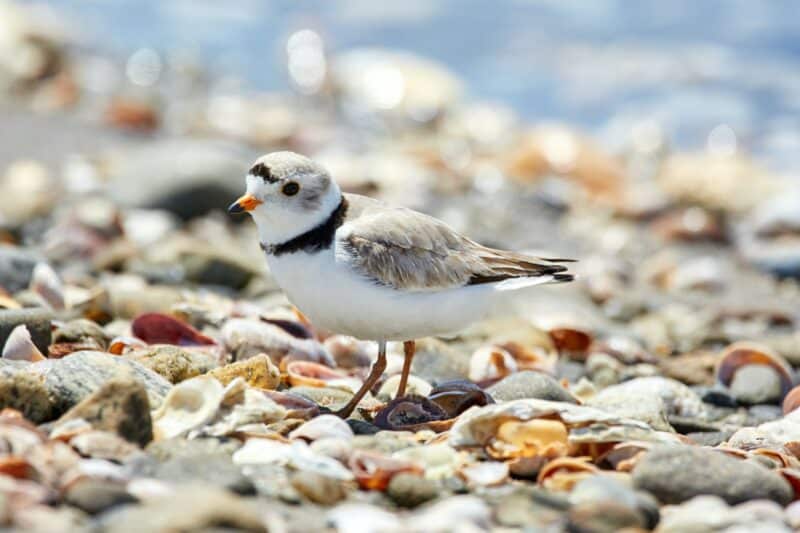
Coastal Birds in Peril. Image via Unsplash.
The Western piping plover, a coastal bird native to the West Coast of the United States, is facing a double whammy. Rising sea levels are inundating the very beaches where they nest and feed. With their habitat shrinking, these birds find it increasingly challenging to find suitable areas for nesting and foraging.
Did You Know? Piping plovers are known for their endearing “piping” call, which is often heard on coastal beaches during the breeding season.
#5 Hawaiian Monk Seal: A Vanishing Paradise
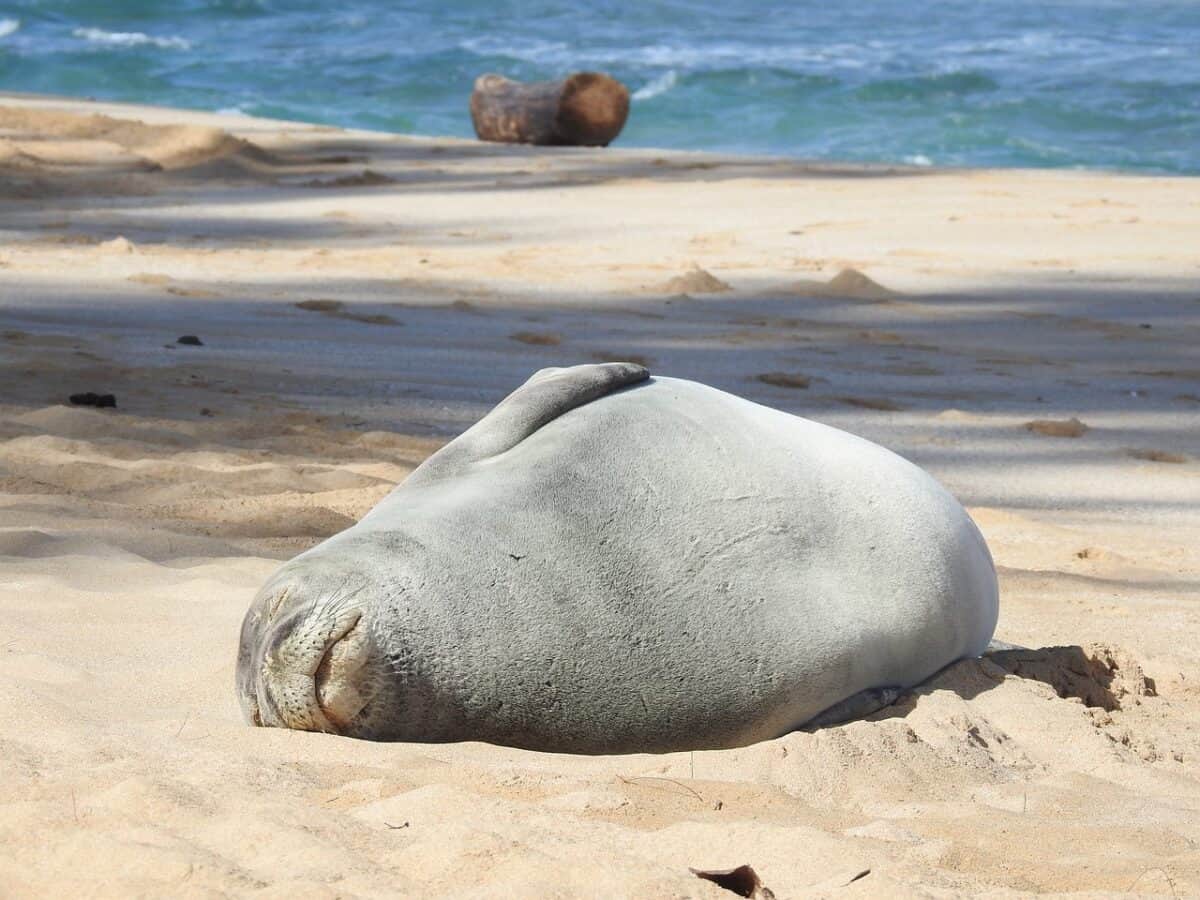
Hawaii’s Precious Marine Mammal. Image via Depositphotos.
The Hawaiian monk seal, an endemic species found exclusively in the Hawaiian Islands, is a true marvel of nature. However, reducing beaches from rising seas is taking a toll on their ability to find suitable resting and pupping grounds. With sea levels continuing to rise, these charismatic marine mammals face a dire threat.
Did You Know? Hawaiian monk seals are known for their solitary nature and unique, distinct appearance, with skin folds resembling a monk’s hood.
Wrapping Up with USA’s Most Vulnerable Species Facing Sea Level Rise
As sea levels continue to rise, it’s not just human communities that are in jeopardy. Thus, the very fabric of our ecosystems is unraveling. The USA’s most at-risk species struggle to adapt to a changing world, from Key deer to Hawaiian monk seals.
It is our responsibility to take action! Furthermore, to protect and preserve these magnificent creatures, and to address the root causes of sea level rise.
Thank you for following along with this article –
Next up in the animal kingdom:
- 7-Year-Old Stares Down Massive Bear - May 2, 2024
- Elephants Ask Rescuer To Play Piano - May 2, 2024
- Dog Family Rescued From Bushes In Texas - May 2, 2024

